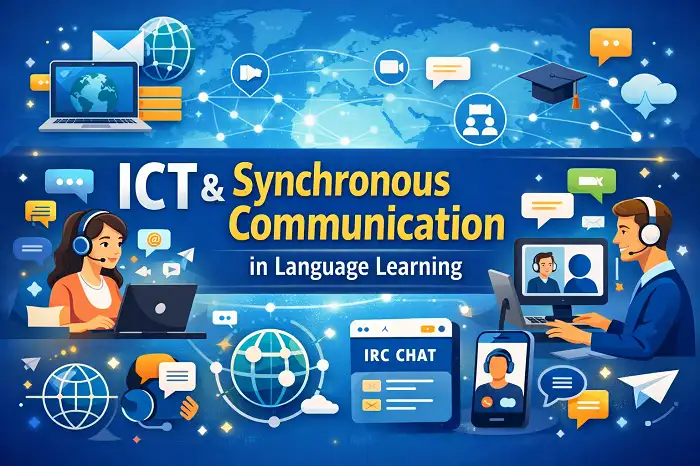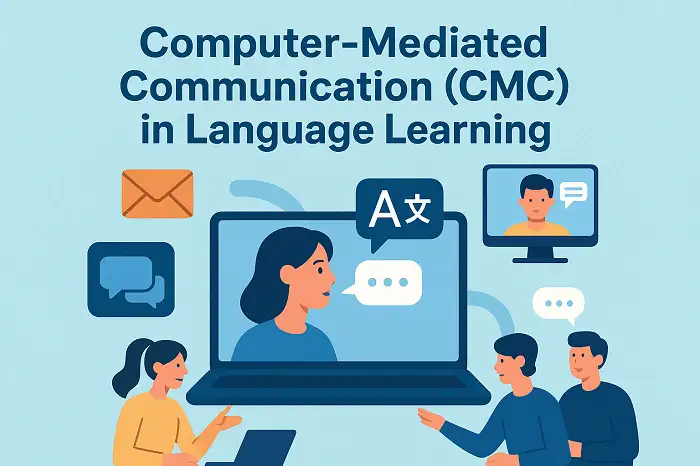Science IELTS Listening Reading Practice Science IELTS Listening Reading Practice Selected Text (below 500 words) Source: https://www.space.com Time travel — moving between different points in time — has been a popular topic for science fiction for decades. Franchises ranging from "Doctor Who" to "Star Trek" to "Back to the Future" have seen humans get in a vehicle of some sort and arrive in the past or future, ready to take on new adventures. The reality, however, is more muddled. Not all scientists believe that time travel is possible. Some even say that an attempt would be fatal to any human who chooses to ...
Home » Listening Practice in English » Science IELTS Listening Reading Practice

Science IELTS Listening Reading Practice
Updated: by Dr. Mohammad Hossein Hariri Asl
Time to Read: 4 minutes | 291 Views | 3 Comments on Science IELTS Listening Reading Practice
Share This Post
About the Author
Dr. Mohammad Hossein Hariri Asl is an English and Persian instructor, educator, researcher, inventor, published author, blogger, SEO expert, website developer, entrepreneur, and the creator of LELB Society. He's got a PhD in TEFL (Teaching English as a Foreign Language).
Number of Posts: 4242



2. What does the following expression imply? [Time 0:28]
1. What are the two methods through which we can travel to the future?
Traveling to the future, as commonly depicted in science fiction, remains theoretical with our current understanding of physics. According to Einstein’s theory of relativity, time dilation suggests that if one were to travel at speeds close to the speed of light, time would pass slower for them relative to those on Earth, effectively “traveling” into the future. However, practical implementation of such travel is beyond our current technological capabilities and remains a subject of scientific speculation and research.